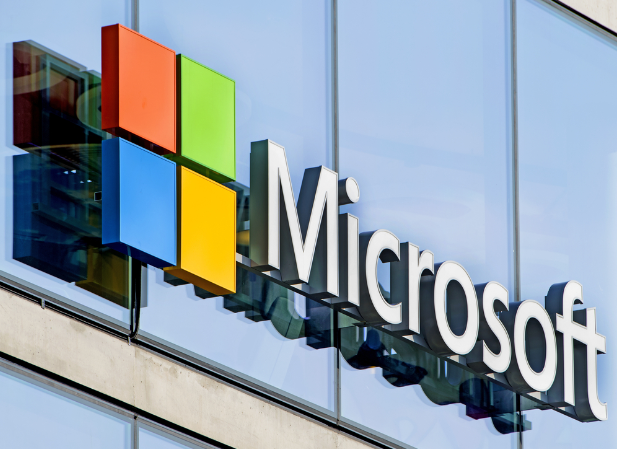Cyber Security News Aggregator
.Cyber Tzar
provide acyber security risk management
platform; including automated penetration tests and risk assesments culminating in a "cyber risk score" out of 1,000, just like a credit score.Microsoft: Attackers Exploiting Windows Zero-Day Flaw
published on 2021-09-08 15:03:45 UTC by BrianKrebsContent:
Microsoft Corp. warns that attackers are exploiting a previously unknown vulnerability in Windows 10 and many Windows Server versions to seize control over PCs when users open a malicious document or visit a booby-trapped website. There is currently no official patch for the flaw, but Microsoft has released recommendations for mitigating the threat.

According to a security advisory from Redmond, the security hole CVE-2021-40444 affects the “MSHTML” component of Internet Explorer (IE) on Windows 10 and many Windows Server versions. IE been slowly abandoned for more recent Windows browsers like Edge, but the same vulnerable component also is used by Microsoft Office applications for rendering web-based content.
“An attacker could craft a malicious ActiveX control to be used by a Microsoft Office document that hosts the browser rendering engine,” Microsoft wrote. “The attacker would then have to convince the user to open the malicious document. Users whose accounts are configured to have fewer user rights on the system could be less impacted than users who operate with administrative user rights.”
Microsoft has not yet released a patch for CVE-2021-40444, but says users can mitigate the threat from this flaw by disabling the installation of all ActiveX controls in IE. Microsoft says the vulnerability is currently being used in targeted attacks, although its advisory credits three different entities with reporting the flaw.
On of the researchers credited — EXPMON — said on Twitter that it had reproduced the attack on the latest Office 2019 / Office 365 on Windows 10.
“The exploit uses logical flaws so the exploitation is perfectly reliable (& dangerous),” EXPMON tweeted.
Windows users could see an official fix for the bug as soon as September 14, when Microsoft is slated to release its monthly “Patch Tuesday” bundle of security updates.
This year has been a tough one for Windows users and so-called “zero day” threats, which refers to vulnerabilities that are not patched by current versions of the software in question, and are being actively exploited to break into vulnerable computers.
Virtually every month in 2021 so far, Microsoft has been forced to respond to zero-day threats targeting huge swaths of its user base. In fact, by my count May was the only month so far this year that Microsoft didn’t release a patch to fix at least one zero-day attack in Windows or supported software.
Many of those zero-days involve older Microsoft technologies or those that have been retired, like IE11; Microsoft officially retired support for Microsoft Office 365 apps and services on IE11 last month. In July, Microsoft rushed out a fix for the Print Nightmare vulnerability that was present in every supported version of Windows, only to see the patch cause problems for a number of Windows users.
On June’s Patch Tuesday, Microsoft addressed six zero-day security holes. And of course in March, hundreds of thousands of organizations running Microsoft Exchange email servers found those systems compromised with backdoors thanks to four zero-day flaws in Exchange.
https://krebsonsecurity.com/2021/09/microsoft-attackers-exploiting-windows-zero-day-flaw/
Published: 2021 09 08 15:03:45
Received: 2021 09 08 16:01:23
Feed: Krebs on Security
Source: Krebs on Security
Category: Cyber Security
Topic: Cyber Security
Views: 22
